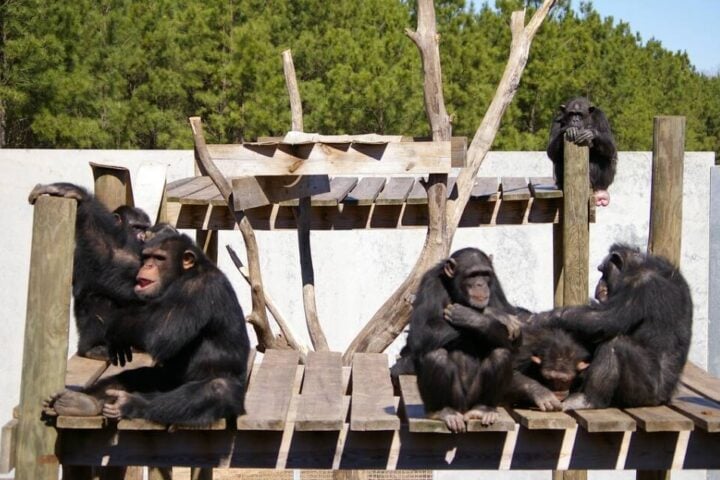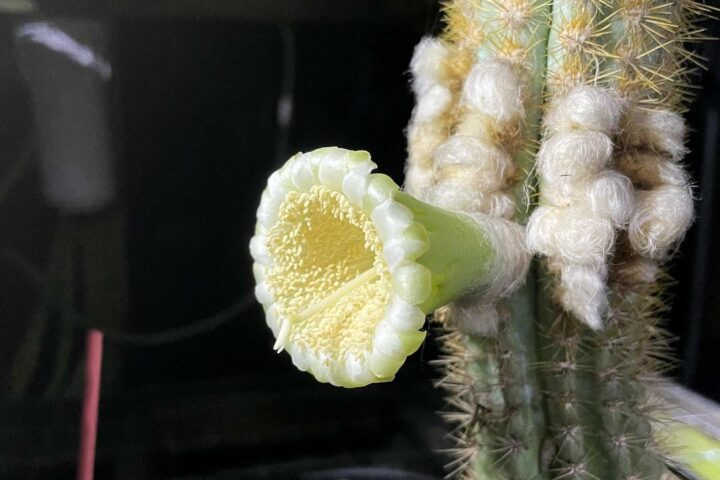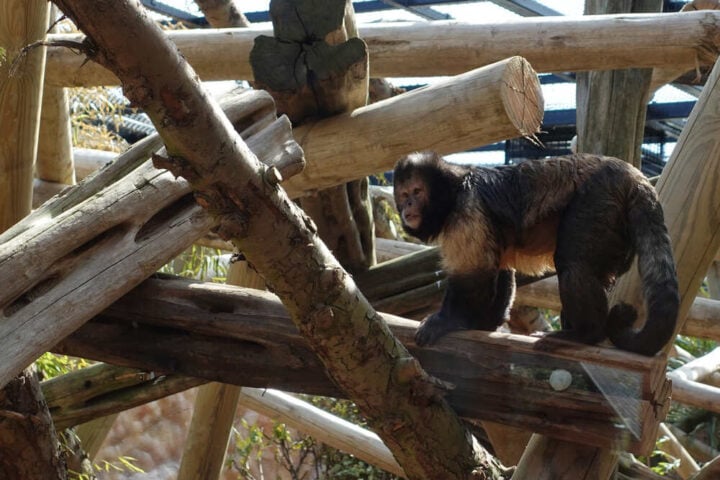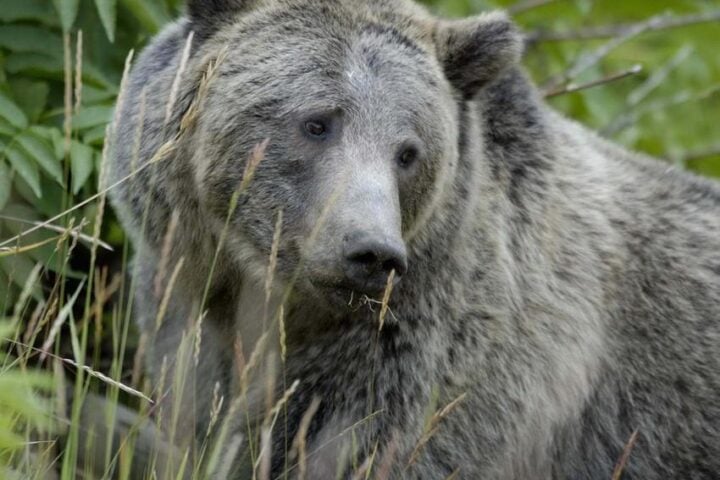The Amur leopard is one of the rarest subspecies in the feline family and is categorized as “critically endangered” on the IUCN Red List of Threatened Species, joining a number of other large carnivores in a dire situation. The Land of Leopards National Park in Russia’s southwest Primorye Province and the nearby Northeast Tiger and Leopard National Park in China’s Heilongjiang and Jilin provinces are the only two places where Amur leopards can currently be found. Together, these two parks cover a total of about 9,000 km2 of forest habitat. It lives in northwest subtropical coniferous and large mixed woods, where it is almost the largest mammal, with a body size only slightly smaller than the Amur tiger, which is also in danger of going extinct. A new study published in Nature journal reports about the new threats the Amur Leopard is facing.
This population faces threats from environmental nonlinear dynamics, inbreeding depression, infectious illnesses, poaching, and other causes, just like many other isolated groups. The Amur leopard population is now under threat from the canine distemper virus (CDV). A multihost single-stranded RNA virus known as CDV is thought to pose the greatest threat to large carnivores globally. Since 1993, CDV has been spreading throughout the Amur leopard population. In 2015, a wild Amur leopard in Russia was found to be infected with CDV.
Controlling the infection pool is currently the primary method for the prevention and management of CDV in endangered species. Due to the difficulties in controlling wild animals, domestic dog control was the main concern for the Amur leopard. Small and medium-sized wild carnivores continue to play a significant role as a source of infection for endangered species, in addition to dogs. Therefore, protecting Amur leopards does not just require regulating or immunizing domestic canines that roam free. Direct vaccination of populations of endangered species is another potential management technique, though it has already generated controversy due to practical and safety concerns.
The Amur leopard, mostly solitary, is swift on its feet and strong, carrying and hiding incomplete kills to prevent other predators from stealing them. Some males have reportedly remained with females after mating and even assisted in raising the babies. Sometimes, several males may pursue and battle for a female. They have a lifespan of 10 to 15 years, and 20 years in captivity. The Far East leopard, the Manchurian leopard, or the Korean leopards are other names for the Amur leopard.
The most beloved and recognizable species of animal in the world, large carnivores, are in danger of going extinct because of a number of problems, including habitat loss and fragmentation, a lack of or shortage of prey, diseases, and human intervention. Due to their large habitat, high energy needs, and vulnerability to diseases, these species find it difficult to live in low-quality fragmented habitat patches. As a result, the population size and distribution range of many large carnivores, like tigers and lions, have recently shrunk to a historically low level. The species may swiftly go extinct if the population falls below a particular threshold, and the extinction of the top carnivores may also have unanticipated cascading consequences on the rest of the food chain.















![Representative Image: European Starling [49/366]. Photo Source: Tim Sackton (CC BY-SA 2.0)](https://www.karmactive.com/wp-content/uploads/2025/04/Starlings-Drop-82-in-UK-Gardens-as-Birdwatch-2025-Reveals-Record-Low-Count-Since-1979-720x480.jpg)

